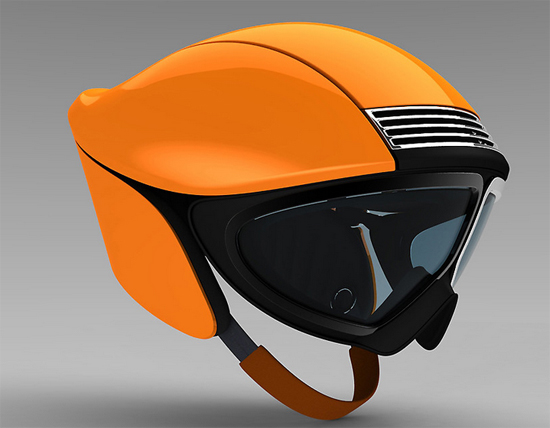
(Source fastcodesign.com)
Diving into a new set of tools can be intimidating. I’ll admit when I first started working with the SolidWorks Surfacing tools, I was apprehensive, but soon found that the tools are a lot simpler than they seem. The geometry that can be created using surfacing operations tends to be both more robust and easier to manage, for complex shapes. While both the helmet above and the Pom bottle below can be created using solid modelling techniques, avoiding the surfacing tools would generally lead to a longer feature history. These are two cases in which the simplest solution is best, and that solution is using surface modelling.

A key point to remember with surfacing is that you don’t have to be designing plastic injection molded parts, or any geometry that would be considered complex. Many of the surfacing techniques simply end up being a faster method than the solid modelling alternative.
I won’t go too heavily into detail on the array of surfacing tools available in SolidWorks, but in subsequent weeks, I’ll be covering more advanced topics. The video below is a brief introduction to SolidWorks Surfacing: